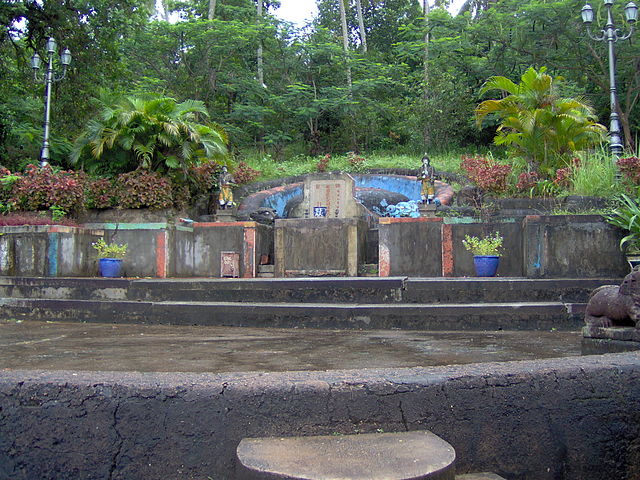Turtleback or Turtle-back tombs or turtle shell tombs are a particular type of tombs originating from the Song Dynasty. They are commonly found in some coastal provinces of southern China, the Ryukyu Islands of Japan, and in Vietnam. They can also be found in countries with overseas Chinese populations like Malaysia.
A typical turtle-back tomb, in Lingshan Islamic Cemetery, Quanzhou
A typical turtle-back tomb in Kinmen Island off Fujian coast
A typical 15th-century bixi, near the tomb of Kong Hongtai, 61st-generation Duke Yansheng, in the Cemetery of Confucius, Qufu. In this traditional layout, the bixi is at the beginning of the spirit way, and the grave tumulus, at the end of it.
Tomb of Mạc Cửu in Hà Tiên, Vietnam.
Feng shui, sometimes called Chinese geomancy, is a traditional practice that originated in Ancient China and claims to use energy forces to harmonize individuals with their surrounding environment. The term feng shui means, literally, "wind-water". From ancient times, landscapes and bodies of water were thought to direct the flow of the universal Qi – "cosmic current" or energy – through places and structures. More broadly, feng shui includes astronomical, astrological, architectural, cosmological, geographical, and topographical dimensions.
A feng shui spiral at Chinatown station (Los Angeles Metro)
A traditional turtle-back tomb of southern Fujian, surrounded by an omega-shaped ridge protecting it from the "noxious winds" from the three sides
A modern "feng shui fountain" at Taipei 101, Taiwan
Sycee-shaped incense used in feng shui








